Barrier1’s perimeter security solutions protect people and critical assets. Our crash-rated vehicle barriers, security bollards, crash beams, and drop-arm gates are trusted by the U.S. Dept. of Defense, homeland security, and all four branches of the U.S. military. We are a General Services Administration (GSA) contractor, and our products are ASTM F2656 Certified and DoD approved.
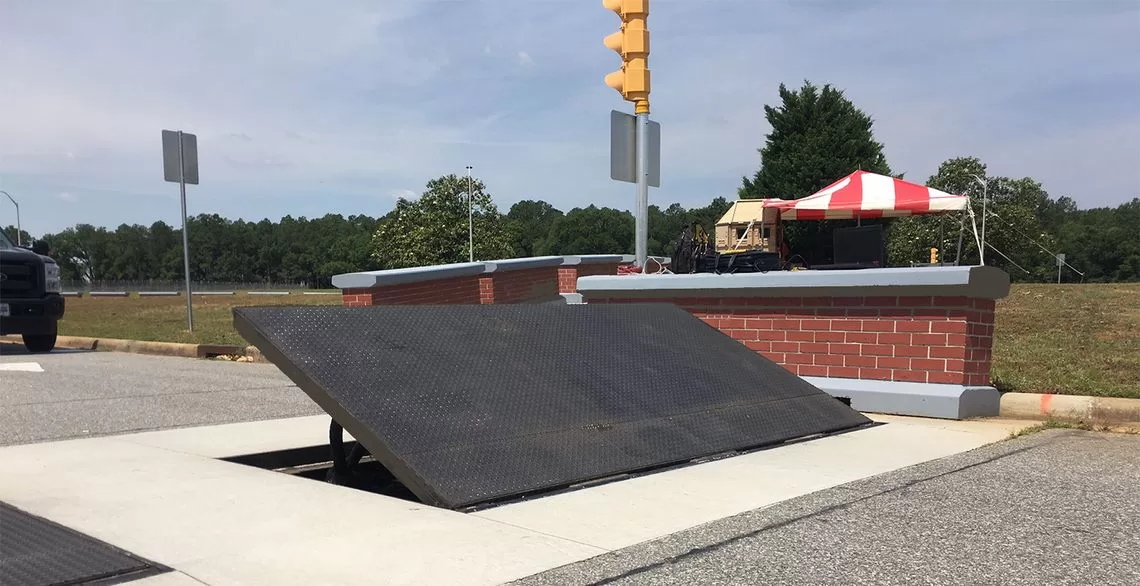
FEATURES AND BENEFITS
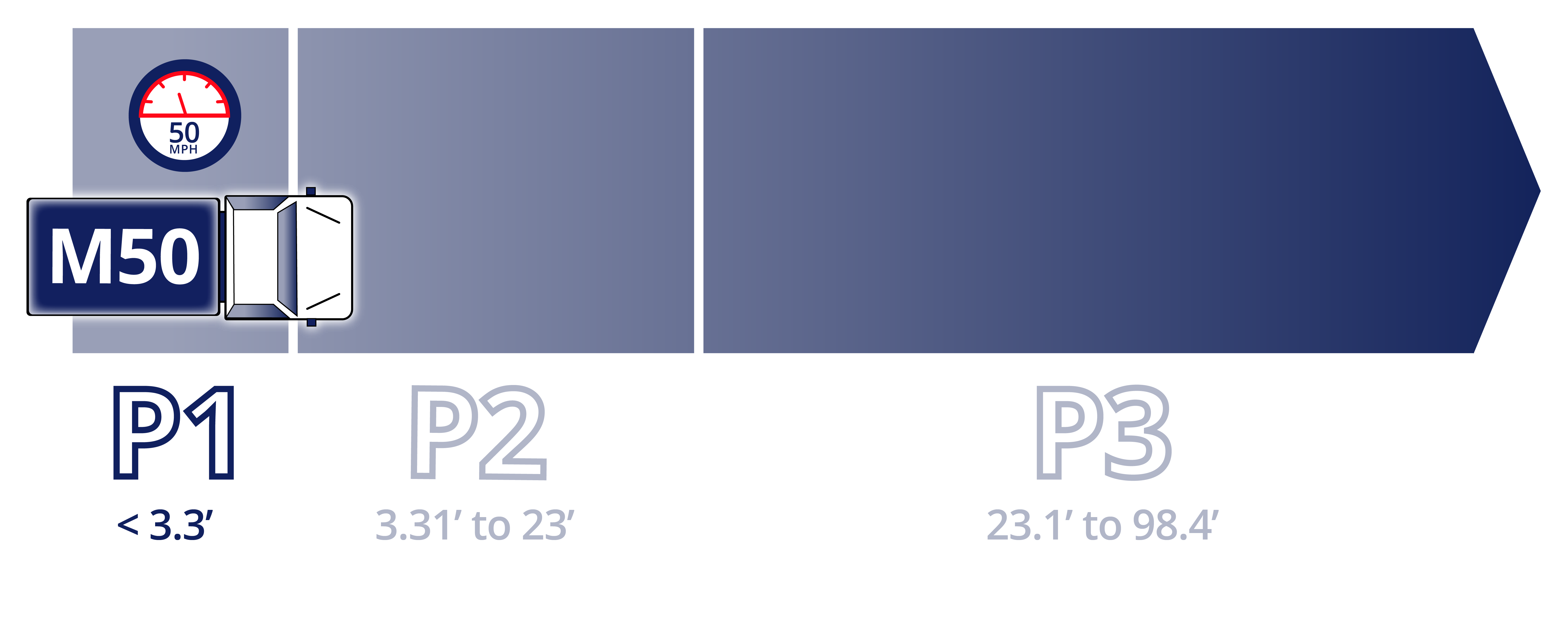

FEATURES AND BENEFITS

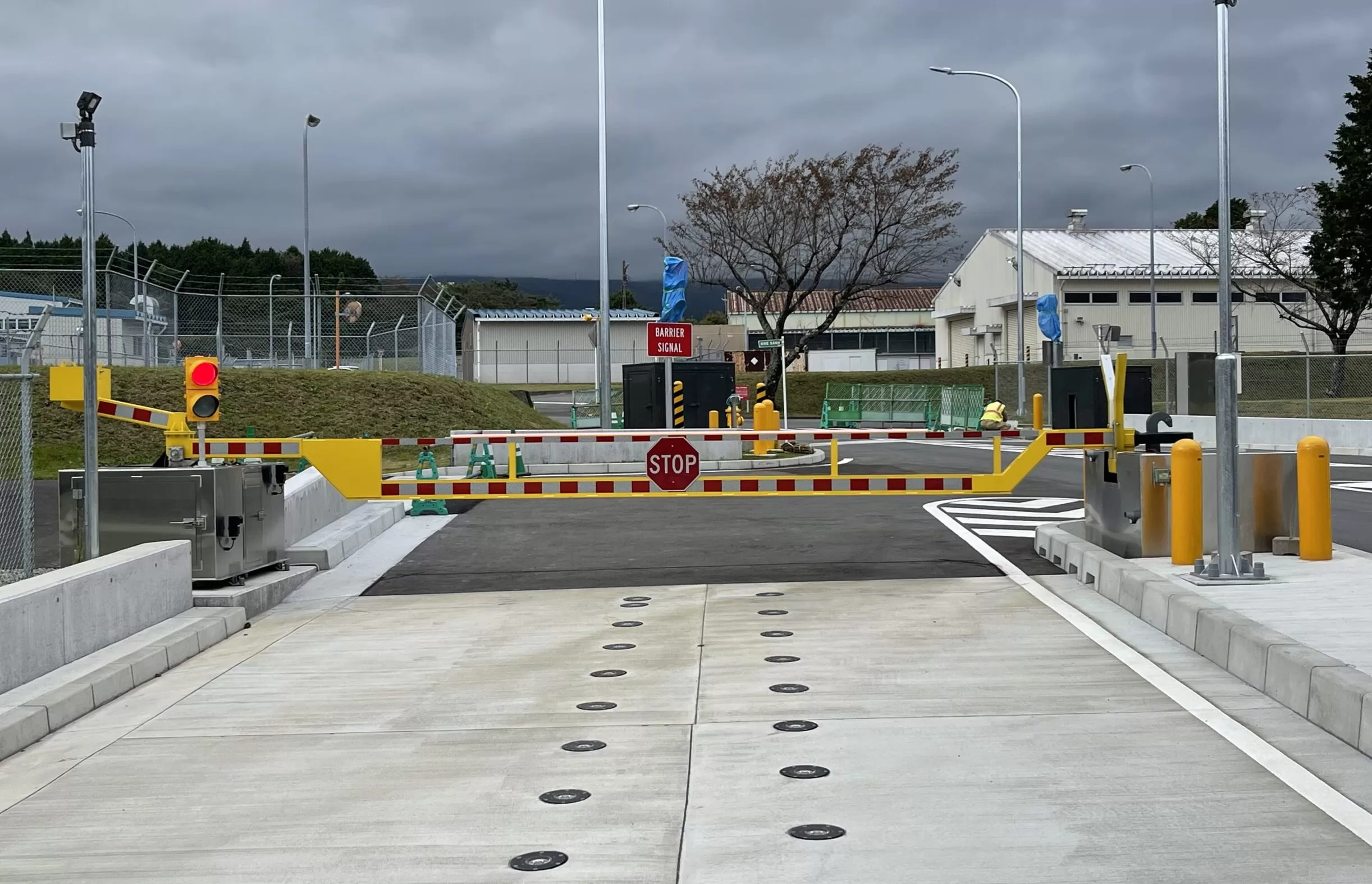
FEATURES AND BENEFITS
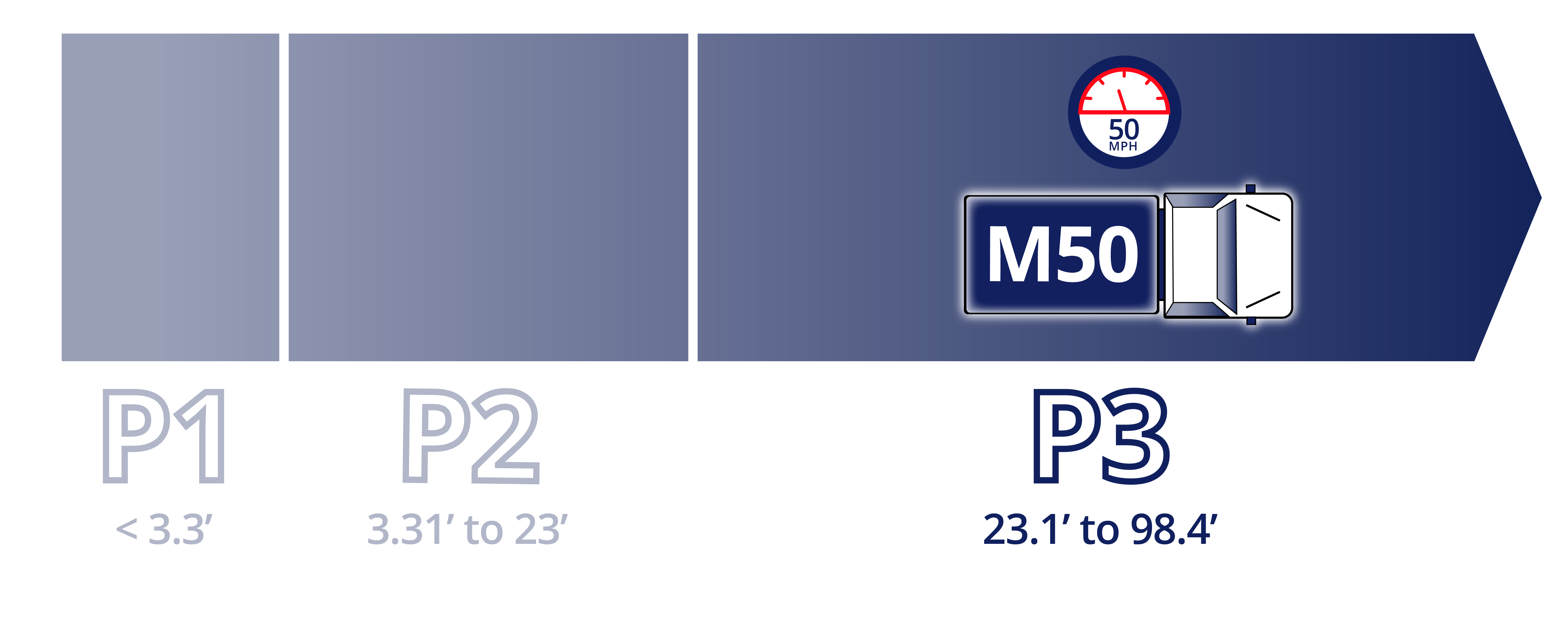

FEATURES AND BENEFITS

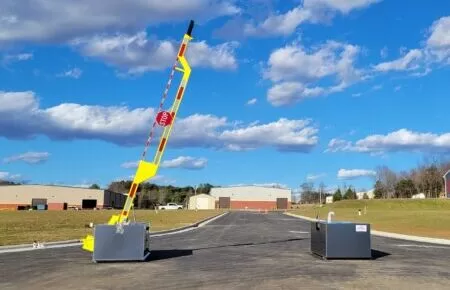
FEATURES AND BENEFITS


FEATURES AND BENEFITS

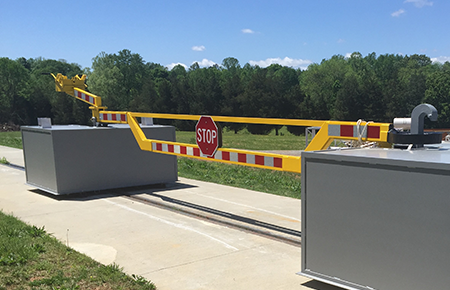
FEATURES AND BENEFITS


FEATURES AND BENEFITS

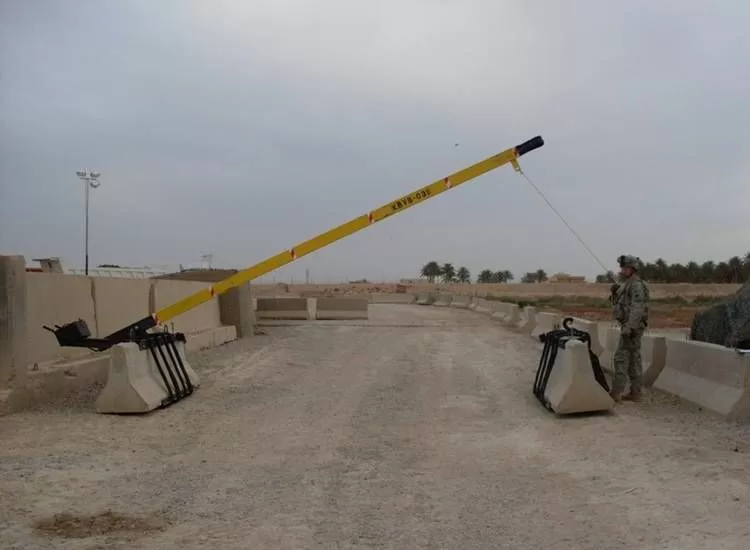
FEATURES AND BENEFITS


FEATURES AND BENEFITS

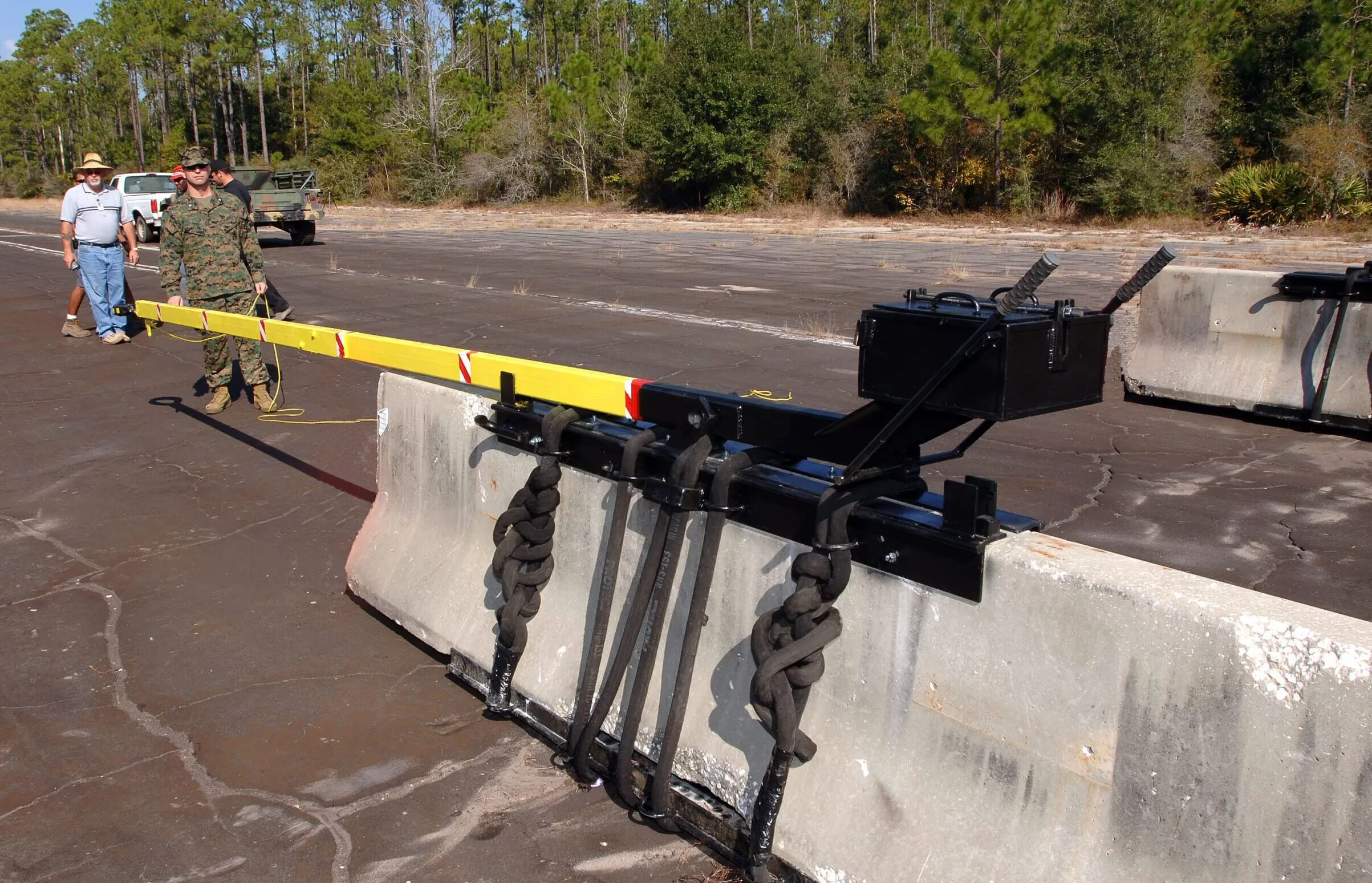
FEATURES AND BENEFITS


FEATURES AND BENEFITS



F2656 crash test ratings comprise two things: 1) the test vehicle used 2) the penetration rating achieved during the test (example: M40/P1). This standard uses six different classes of vehicles: SC=Small Car (2430 lbs), FS=Full Size Sedan (4630 lbs), PU=Pickup Truck (5070 lbs), M=Medium Duty Truck (15000 lbs), C=Class 7 Cabover (15783 lbs), and H=Heavy Goods Vehicle (65000 lbs). The lighter three vehicles (SC, FS, and PU) are tested at 30, 40, 50, and 60 mph while the larger three classifications (M, C, and H) are tested to 30, 40, and 50mph. The test vehicle penetration reference point shall be the leading edge of the base of the “A” pillar on the small passenger car (SC), the full-size passenger sedan (FS), and the pickup truck (PU). The test vehicle penetration reference point will be the leading lower vertical edge of the cargo bed on the standard test Truck (M), the Class 7 cabover (C7), and the heavy goods vehicle (H). F2656 uses the P-ratings to define the distance that the vehicle penetrated the reference point on the barrier. A measured dynamic penetration of 3.3 ft (1m) or less would result in a P1 rating, a measured dynamic penetration greater than 3.3 ft (1m) up to 23 ft (7m) would result in a P2 rating, a measured dynamic penetration greater than 23 ft (7m) up to 98.4 ft (30m) would result in a P3 rating, and any measured dynamic penetration beyond 98.4 ft (30m) by the test vehicle reference point would result in a failure of the test. The ASTM F2656 standard has since replaced the long-tenured DoS K-ratings.


These crash-tested products should be selected based upon factors that may be unique to each location, such as:
Barrier1™ and the Barrier1 logo are trademarks of Barrier1 Systems, LLC
Copyright © 2024 – Barrier1 Systems, LLC
Privacy Notice and Terms of Use